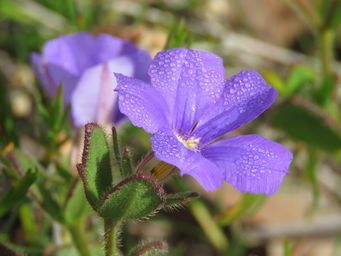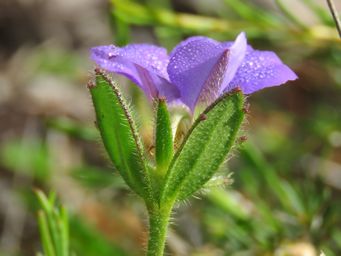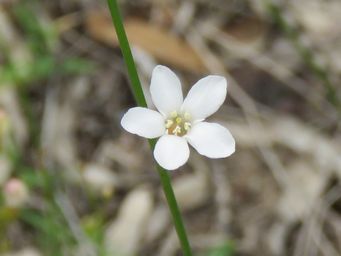Australia So Much to See
Copyright (C) 2013 AustraliaSoMuchtoSee.com. All rights reserved


Sources used for identification of wildflowers shown on these pages and regions where they occur see Credits
These pages will
feature some of the wildflowers we have photographed in Western Australia, and where possible, identified. If you
are able to help identify further flowers, or correct any I may have wrong, please contact us.
Information given for each species
will give botanical name, known common names, describe the flower, give time of year it flowered, and where it was photographed, and
the areas it occurs in. Names have been matched to Florabase which has also been used to show distribution.
See some
of these wildflower in larger sized photos on our Flickr pages.
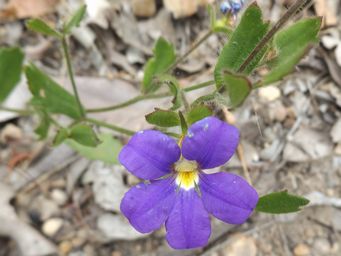
Scaevola calliptera, Royal Robe
Purple five petalled flowers with a yellow centre, and petals spread out more evenly than the one sides
fans of other Scaevola. On a low growing creeping plant with slightly hairy leaves which have serrations and may have a red
edge. Similar to Dampiera varieties but petals less frilly, this flower is also slightly larger. Pale version lower
left.
Through Spring and into summer, with a long flowering season.
Bridgetown, South West Region, Western Australia and found
through the South West region, and from Perth to Albany
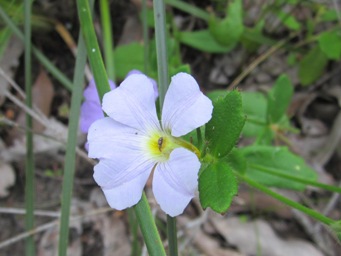
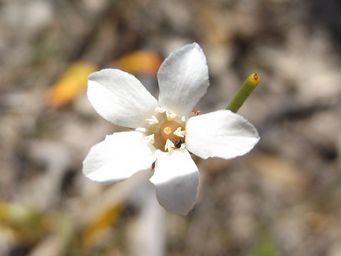
Samolus junceus
Small white tubular flowers 75 millimetres across on a tall and flexible stem up to 90 centimetres, with little
or no foliage (see photo above right). Usually only one or two flowers at a time per stem. Arrow shaped appearance stamens.
November to January
Bridgetown, South West Region, Western Australia and occurs in the coastal strip from Exmouth to Esperance,
throughout the South West and lower Great Southern regions, favouring winter wet or swampy locations
"Scaevola" means "left handed" in Latin, with the placement of the five petals of the flower resembling a hand. Due to the shape, Scaevola
are also called Fan Flowers.
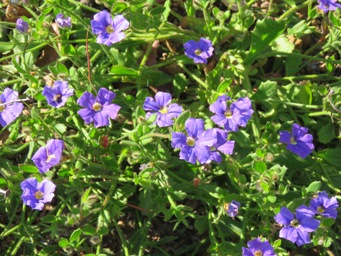
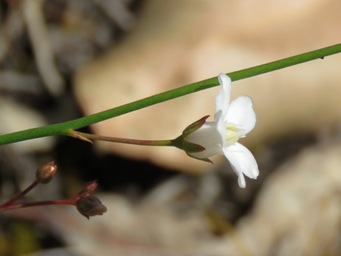
The genus name Scaevola is a reference to the shape of the flower and to the legendary hero of early Rome: Gaius Marcus Scaevola.
He proved his bravery by burning his own right hand in a flame after a failed attempt to kill the Etruscan king Lars Porsenna. The
king was so impressed with his bravery that he released him. He returned to Rome where he was named Scaevola (=Left Hand) and was
granted lands of the west of the Tiber. It's a legend though - didn't really happen - probably. From UKWildflowers
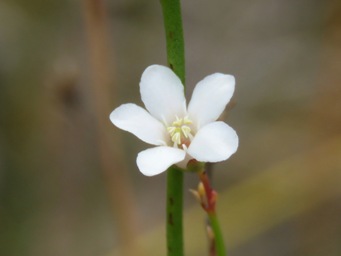
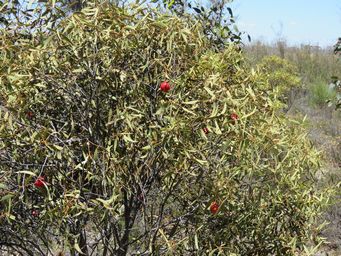
Santalum acuminatum, Quandong, Wongup, (and variations Wanga, Wong, Wongil, Wonyill, Wungal, Worinj, Wongal, Wolgol, Wanyill
Photographed in November with fruit withering and dropping.
Between Katanning and Nyabing, Great Southern region, Western
Australia, and grows through most areas of the state with the exception of the Kimberley region.
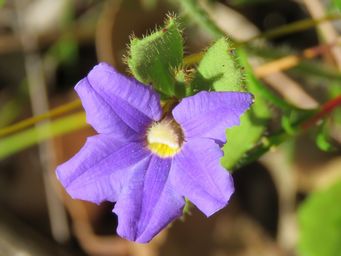
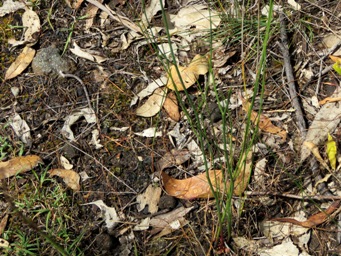
F
